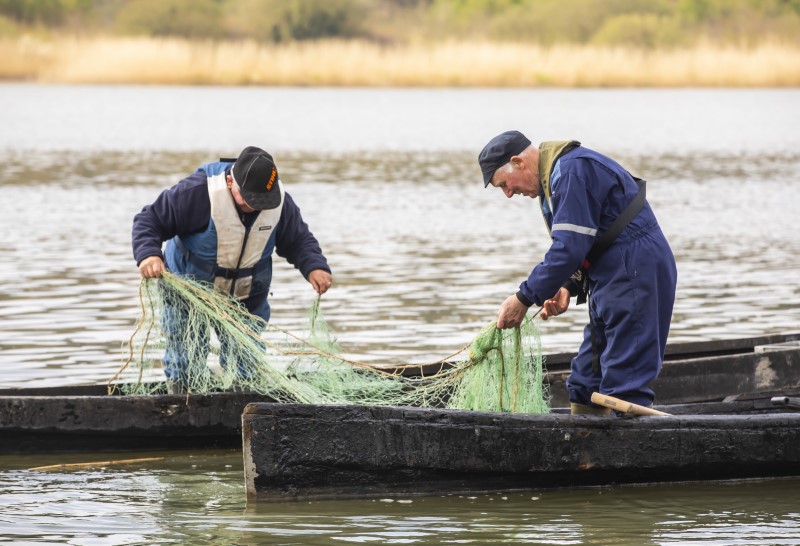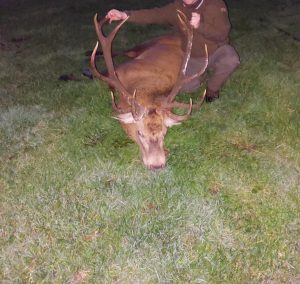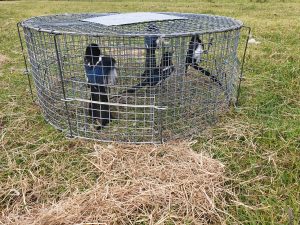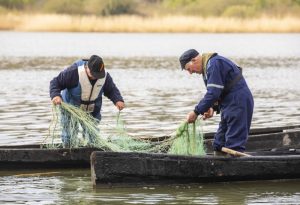Irish Extra November 2022

Two weeks ago, now, the electrician called me and asked if I wanted to go for a stalk. A local landowner had been in touch and had a lot of deer roaming among his dairy cattle, and one Stag in particular was causing a lot of damage stressing the cattle a little. Never one to turn down a walk out with a friend I arranged to collect him later that evening and we duly arrived at our location. While watching from afar, several red hinds entered the field followed by a large and powerful stag. My friend pointed forwards and we began to move in closer – Using the cover as best we could and making as little noise as possible. Its quite funny, when stalking with someone you often think you are being very quiet and even their footsteps are too noisy and they are thinking the same thing about you. We good within a reasonable shooting distance and my friend whispered for me to shoot. I was taken back slightly, this was his permission and his opportunity to shoot a fine stag, but he insisted I take the shot. As I was collecting myself a Hind winded us and trotting off at speed, alerting the rest and of course the stag who was now making his way across the field. He had a fence to jump before getting into the next one and as his front feet landed and he pulled his rear legs over he stopped for a fraction looked almost directly at us. In what seemed like minutes but was less than a second I placed the cross hairs on him, squeezed the trigger and there was the familiar dark flash and I lifted my head to look. He was still moving, walking slowly & almost staggering towards the second fence and within a few more steps he went down. I loaded a second round and set the safety catch on as we approached widely and cautiously, this was an animal somewhere in the region of 180 – 200kilos, he was rutting and in fine condition and our approach and his adrenaline could have changed the situation drastically. After a few minutes I got behind him, checked his eye and he was gone. I cut a small sprig from a bush and placed it in his mouth, a tradition only done in Europe and which I was shown in Germany but I find it fitting and respectful. Taking any animals life is not something to take lightly, be it a stag or a rat, every animal has a good life and deserves and a good death and the tradition of the “Bráuch” is something I like to do.

Luckily, actually very luckily, he went down in an easily accessible area, and after collecting a trailer and driving the pickup right in beside him we were able to gralloch and load him on quite quickly before hanging him. My old pal Seamus the butcher arrived the following Friday to work his magic and left me with enough venison steaks, burgers, roasts & chops to feed a small village. My sincerest thanks must go to the electrician – Should the shoe have been on the other foot I don’t think I would have been as generous, but his gesture says a lot about him and hopefully I can return the favour later in the season.
General Licence Extension – Northern Ireland

The Wild Justice / General licence debacle continues as an emergency decision taken by DAERA to update the general licences came after the Countryside Alliance sounded the alarm, when as of midnight on 18th October, farmers, pest controllers and game keepers were at risk of unknowingly breaking the law whilst controlling species such as pigeons and carrion crows. General licences permit authorised persons, including farmers, pest controllers and gamekeepers, to carry out activities like pest control covering certain types of birds including magpies and crows to preserve public health or air safety, and prevent the spread of disease. They also cover situations that are regarded as relatively commonplace such as protecting livestock from predators and where there is unlikely to be any great conservation impact. General licences avoid the need for people to apply for individual licences for these specific circumstances, preventing any bureaucratic delays.
The ability to control several species of wild birds through licensing to prevent serious damage or disease, to preserve public health or public safety, and to conserve flora and fauna under ‘open licences’ was temporarily revoked after DAERA failed to ensure they were renewed or extended in good time or inform the public and firearms certificate holders of the change, prompting fears from rural campaigners that human and animal health could be adversely impacted.
This came at a particularly sensitive time with crops needing protecting from pigeons, and dozens of red-listed species need protection from corvids such as crows.
Gary McCartney, Director of the Countryside Alliance in Northern Ireland said: “The ability of those involved in farming as well as pest controllers, game keepers and land managers to control certain species in the interest of human, livestock and wildlife safety under general licences is vital to the smooth running of the countryside. While we welcome the latest update that these licences will be extended until the 31st December 2022, we urge DAERA to ensure a situation like this never arises again. Rural workers and those involved in pest control cannot afford to be weighed down by unnecessary, complex bureaucracy. We will seek assurances that these general licences will be renewed again, well within time and with all interested stakeholder updated fully in advance”.
The Mystery of the Snap Net
I recently had a very interesting conversation with an elderly gentleman in the pub, I didn’t even catch his second name but his first name was “Owen”. The man came from county Waterford and while discussing many things including dogs and ferrets, he told me that he was at one time a “Snap Net” fisherman. I had never heard of snap net fishing before and he gave me some insight into a very interesting and historical method of Irish Salmon fishing which is over 1000 years old.
Snap-net fishing for salmon has been carried out on the Three Sister Rivers (Barrow, Nore & Suir) in southeast Ireland for over 1000 years and recognised by Irelands National Inventory of Intangible Cultural Heritage. There is no other region in the country where snap-net fishing is practised and there is no other fishing method like it, except perhaps in the tidal estuaries in Wales where coracle fishers use similar traditional techniques but different boat types. Snap-net fishing is seasonal and is confined to a summer & practiced on a part-time basis. There is no longer any other fishery in the rivers.

A snap-net is 9-20 yards long, mounted on a thin top rope and two stones on either side of the net on the bottom rope. There are two sets of following ropes on either side tied to the top and bottom rope of the net. The net is fished between two wooden boats called cots, which are around 16-18 feet long, 3-4 feet wide and 16 inches deep (the word cot derives from Coite, an Irish word meaning a log boat or a dugout canoe), and the use of this type of boat for any purpose is largely confined to the Three Sister Rivers.
The net is played out between the two cots and is fished in the direction of the tide by one man in either cot paddling with one hand and holding the ropes in the other hand, which ensures that the net is kept open like a purse along the river bottom (the ends of the net on either side are gathered to form the purse, ensuring that a fish cannot escape). When a fish strikes a mesh in the net, it pulls the top rope as it tries to escape, which is felt by the fisherman. The ropes are then immediately drawn to ‘snap’ the net closed (a couple of yards of the stone rope is drawn first), and the net and fish is taken into one of the cots, where the fish is quickly dispatched with a smachtín. Once the fish is removed, the net is played out again to resume fishing.
Until Next time…